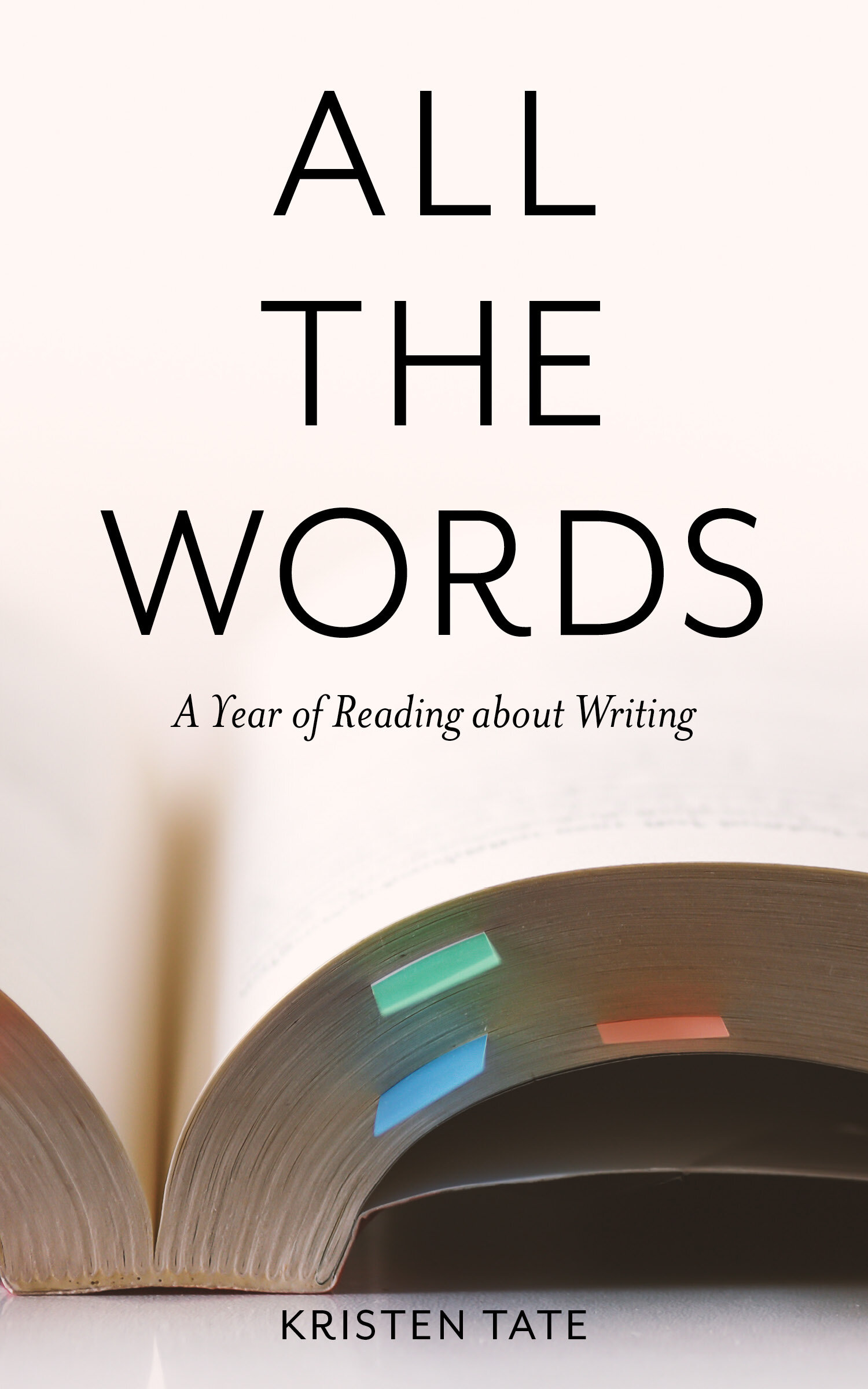Outlining Your Novel by KM Weiland
This is part of a series of weekly reviews of writing craft books written in 2019, later revised and collected in Kristen’s book All the Words: A Year of Reading About Writing. Read the first chapter or buy the book in our Shop.
It is week twenty-eight of 2019. How did the writing go this week? I’m settled back in at the garret after a two-week road trip from Vermont to North Carolina. The trip was glorious but almost too full of sights, sounds, sensations, and tastes. I wouldn’t have missed any of it – the maple creemees or the Pat’s cheesesteak or the Carolina barbecue; kayaking on Lake Champlain at sunset; listening to Jeff Tweedy sing “Noah’s Flood” in a sudden summer shower; visiting with aunts, uncles, cousins, siblings, and mothers from three different families; or traveling with five of my favorite humans in a giant white whale of an SUV – but it feels good to be back in my beloved San Francisco, which has been muffled in a deep, cool layer of soothing fog all week.
And it feels great to be back to my regular rhythm of writing these newsletters. My plan was to write both week 26 and week 27 ahead of my vacation, but the pneumonia derailed that plan. I ended up writing the “How to Read a Book” post one rainy morning when we were camping at the Solid Sound music festival and stuck in our tents, but by the time I mailed it out, we had just landed back in San Francisco and the original drafting felt far away. I admire newsletter writers and bloggers who plan out and stockpile content far in advance, but this trip has taught me that I prefer the immediacy of my own process. I typically write these letters on a Friday or Saturday morning, during which I reflect on the reading and work I’ve done over the course of the week, and they go out to you a day or so later. It feels more like a communication – a letter – and less like free-floating “content.”
Now let’s get into this week’s book, Outlining Your Novel: Map Your Way to Success by K.M. Weiland. Reading Weiland’s book this week, I found myself itching to return to my own novel, and I think that’s one benefit of books like these that are very focused on process. The combination of clear steps and the imperative mood (first, do this; next, do that) is both motivational and approachable.
Weiland’s method is as good as any I’ve seen so far. She guides you through a series of steps to identify your premise, central conflict, key scenes, character backstories, and setting details before pulling it all together into an outline that will guide your first draft. The big strength of Weiland’s approach is that, at each stage, she emphasizes exploration. Using techniques like brainstorming and freewriting, she sorts through any number of possible ideas in order to find the best direction for her story. For example, at the very beginning, she throws “what if” questions at her premise: “Once you’ve selected the few ideas that might work, start looking for tangents: ‘If such and such happened, then what if this also happened? Or what if this happened instead?’”
Whenever you are stuck, Weiland advises, try restating the problem as a question: “the princess is trapped in the high tower” > “how can I get the princess out of the high tower?” Throughout the book, Weiland offers lists of questions for each stage of the outlining process. Her questions about character, and the chapter about character interviews, are particularly valuable. I also think her idea about “reverse outlining” is useful, especially when you are trying to work out what needs to happen in the middle of your book. As Weiland says, “when you can work your way backwards from a known point, finding your way becomes as simple as filling in the blanks.”
Weiland notes at the beginning of the book that no one method, hers included, will work for every writer: “even if a particular method or routine works for one author, that singular success doesn’t make it a universal principle.” The book includes interviews with other authors about their own methods, allowing readers to glean alternate approaches. Weiland also includes big chunks from her own outlines, which are great fun to read. An outline, in Weiland’s method, is not a sterile, rigid structure, but rather a freewheeling idea laboratory for your book.
Once you’ve got an outline in hand, Weiland reminds us, there is no rule that you have to stick to it if you make new discoveries during the drafting process. Having an outline, however, can provide the psychological reassurance you need to stave off writer’s block and keep moving forward. I heard an interview this week with the wonderful Meg Wolitzer on the Secret Library podcast (which I highly recommend) during which she likened outlines to EpiPens: “You might not need it, but it’s nice to know you have it.” Even if you are a confirmed pantser, consider giving Weiland’s method a try for your next project.
Here’s to outlining, y’all,
Kristen
Check out our Resources page for more in-depth articles on writing, revising, polishing, and publishing your novel. Sign up for our weekly newsletter for fresh content, and you’ll also get our free PDF with recommended reading for writers!



